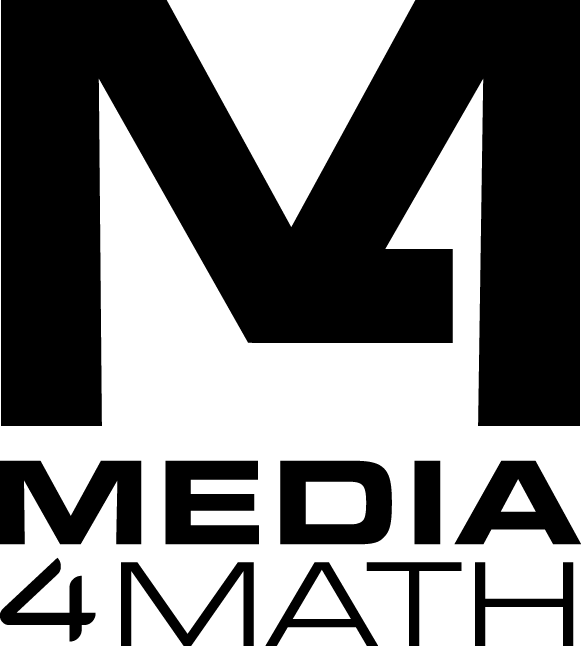 Lesson Plan: Percents and Measurement Conversion
Lesson Plan: Percents and Measurement Conversion
Lesson Objectives
- Understand percents as ratios out of 100
- Convert between fractions, decimals, and percents
- Calculate percentages of quantities
- Solve real-world problems involving percents
- Find a percent of a quantity as a rate per 100 in various contexts
Florida BEST Standards
- MA.6.NSO.3.1: Given a mathematical or real-world context, represent ratios as equivalent fractions, percentages or decimals.
- MA.6.NSO.3.5: Solve mathematical and real-world problems involving ratios, rates and unit rates, including comparisons, mixtures, ratios of lengths and conversions within the same measurement system.
- MA.6.NSO.3.6: Given a mathematical or real-world context, find a percent of a quantity as a rate per 100.
Prerequisite Skills
- Understanding of ratios and unit rates
- Basic fraction and decimal knowledge
Key Vocabulary
- Percent
- Percentage
- Unit Conversion
Warm-up Activity (5 minutes)
Here is a slide show that can be used to show percent visualizations:
https://www.media4math.com/library/slideshow/visualizing-percents
You can follow-up with this activity:
Display a large 10x10 grid on the board or using a digital projector. Each square represents 1% of the total area. Present the following percentages: 25%, 50%, 75%, 80%, and 120%.
For each percentage:
- Ask students to visualize and describe how many squares would be filled in the 10x10 grid.
- Fill in the squares on the grid to represent the percentage.
- Have students express the percentage as a fraction out of 100.
For 120%, extend the grid by adding two more columns, emphasizing that percentages can exceed 100%.
Discuss how the grid visually represents percentages and reinforces the concept of "per hundred."
Teach (25 minutes)
Definitions
- Percent: A ratio that compares a number to 100
- Percentage: The conversion of fractions and decimals to percents.
- Unit conversion: The process of changing a measurement from one unit to another
You can also review these definitions and others with this slide show:
https://www.media4math.com/library/slideshow/percent-definitions
Instruction
Percents. Use this slideshow to provide an overview of percents:
https://www.media4math.com/library/slideshow/overview-percents
Demonstrate how to solve percent problems:
- Finding a percent of a number. Use this video to develop this concept. This video includes three detailed examples:
https://www.media4math.com/library/1807/asset-preview - Finding what percent one number is of another. Use this video, which also includes three detailed examples:
https://www.media4math.com/library/1810/asset-preview - Finding the whole when given a part and percent. Use this video:
https://www.media4math.com/library/1808/asset-preview
Real-world applications in science. Here are real-world applications of percent problems.
- Concentration in solutions: If a saline solution is 0.9% salt, how many grams of salt are in 500 mL of solution?
- Genetic inheritance: If a trait has a 75% chance of being passed on, what's the probability of it appearing in 200 offspring?
- Color mixing: If an artist needs to lighten a color by 20%, how much white paint should be added to 100 mL of the original color?
- Scaling artwork: If a 24-inch painting needs to be reduced to 75% of its original size, what will the new dimensions be?
If time allows, introduce these applications:
Discount Calculation:
A store is offering a 25% discount on a $80 jacket. Calculate the discount amount and the final price of the jacket.
Solution:
- Discount amount: 25% of $80 = 0.25 × $80 = $20
- Final price: $80 - $20 = $60
Simple Interest:
If you invest $1000 at a 6% annual interest rate, how much interest will you earn after 2 years?
Solution:
- Interest formula: I = P × r × t (where I = interest, P = principal, r = rate, t = time in years)
- I = $1000 × 0.06 × 2 = $120
Discuss how percentages are crucial in business and finance for calculating discounts, interest rates, profit margins, and tax rates.
Measurement. Show how to use ratio reasoning for measurement unit conversion. This slide show provides a dozen examples of converting measurements using rates:
https://www.media4math.com/library/slideshow/math-examples-measurement-conversion
Review (10 minutes)
Review this video to see visual models of percents:
https://www.media4math.com/library/1811/asset-preview
Review properties of percents using this slide show:
https://www.media4math.com/library/slideshow/fractions-decimals-and-percents
Use this slide show to demonstrate various conversion formulas for converting units:
https://www.media4math.com/library/slideshow/conversion-formulas
Assess (10 minutes)
Administer a 12-question quiz on percents and measurement conversion, including science, art, and business applications.
Quiz Questions
- What is 40% of 80?
- 24 is what percent of 60?
- 18 is 75% of what number?
- Convert 3.5 meters to centimeters.
- In a 2-liter solution, 5% is alcohol. How many milliliters of alcohol are present?
- If 30% of a number is 21, what is the number?
- An artist wants to increase the size of a 15-inch sculpture by 120%. What will be the new height?
- What percent of 200 is 150?
- If a gene has a 60% chance of expression, how many individuals in a population of 500 would be expected to show the trait?
- A paint mixture requires 3 parts red to 5 parts blue. What percentage of the mixture is red?
- A store is offering a 15% discount on a $120 item. What is the final price after the discount?
- If you invest $2000 at an annual interest rate of 4.5%, how much interest will you earn after 1 year?
Answers:
- 32
- 40%
- 24
- 350 cm
- 100 mL
- 70
- 33 inches
- 75%
- 300 individuals
- 37.5%
- $102
- $90
![]() Purchase the lesson plan bundle. Click here.
Purchase the lesson plan bundle. Click here.